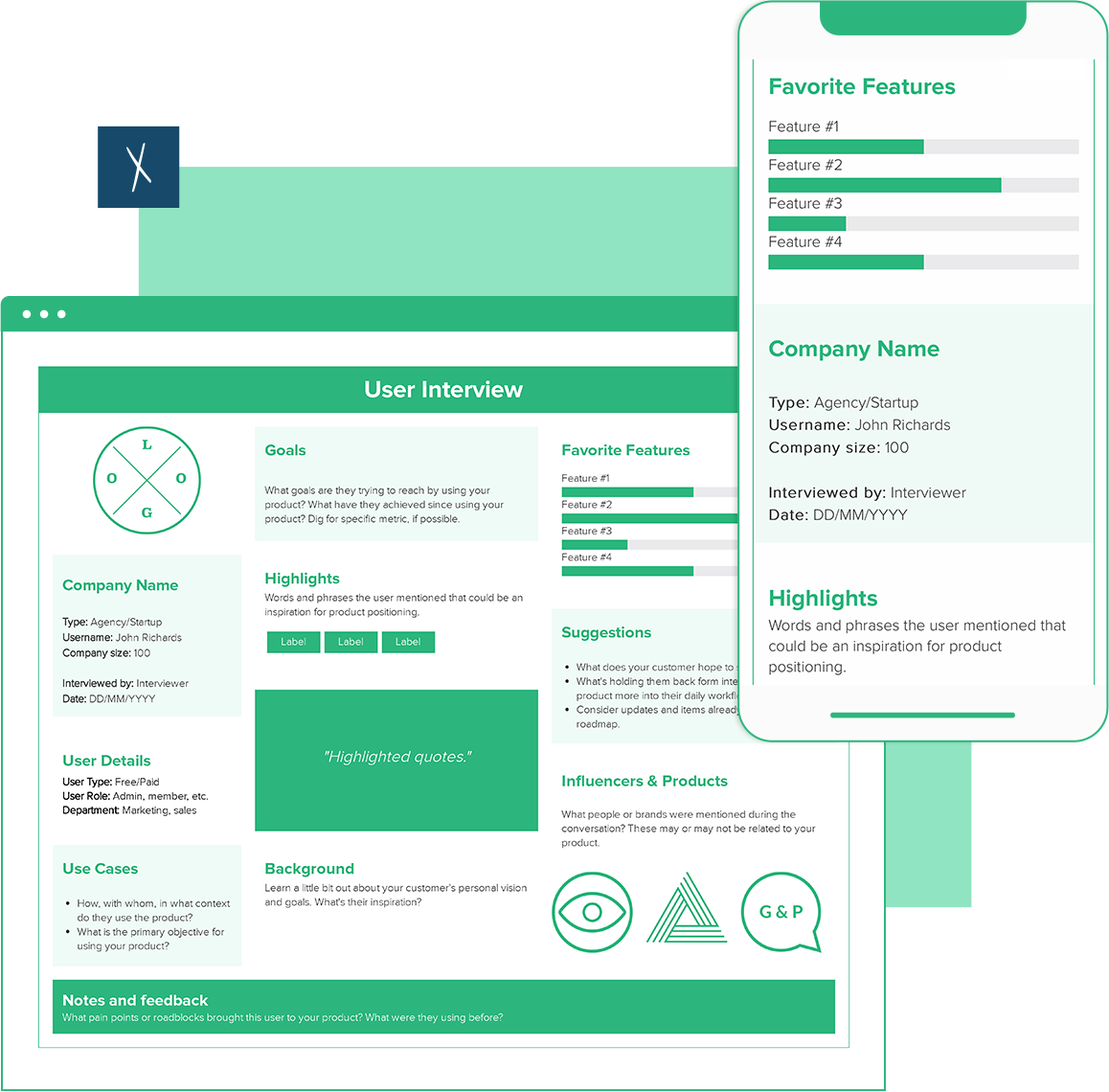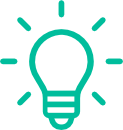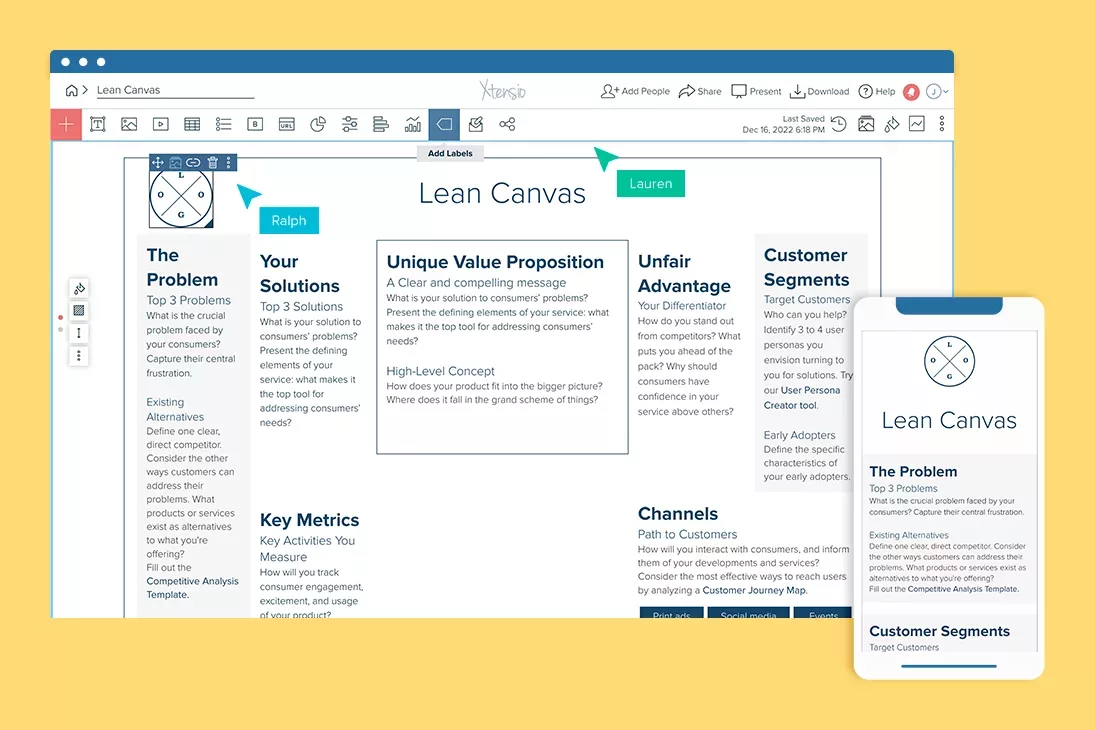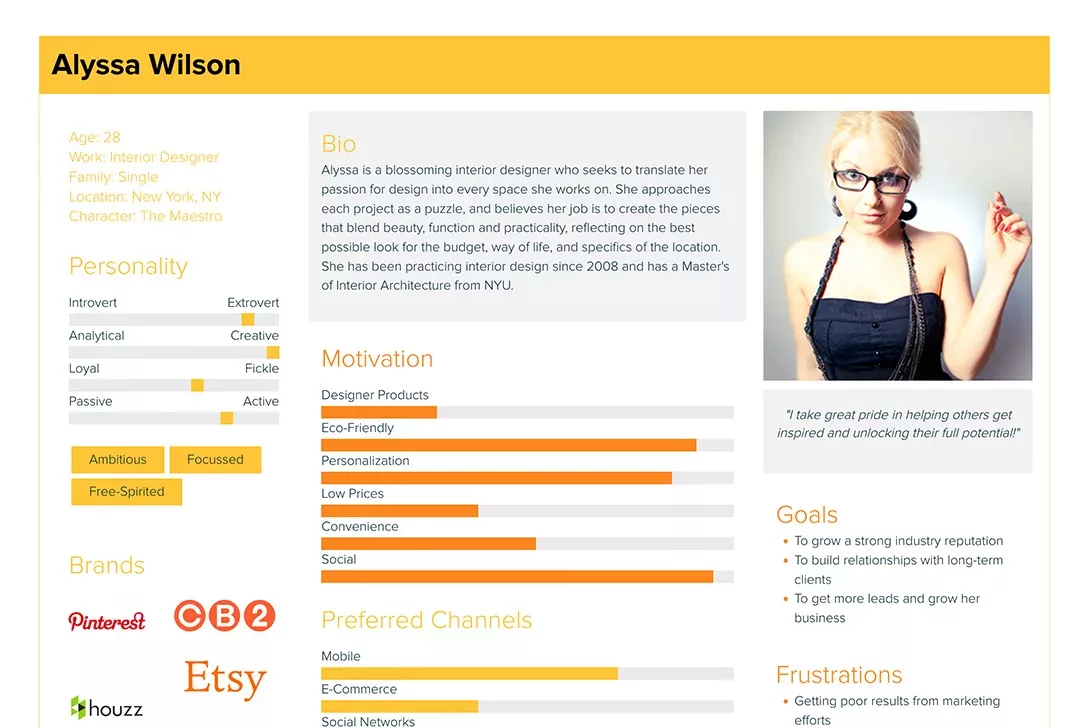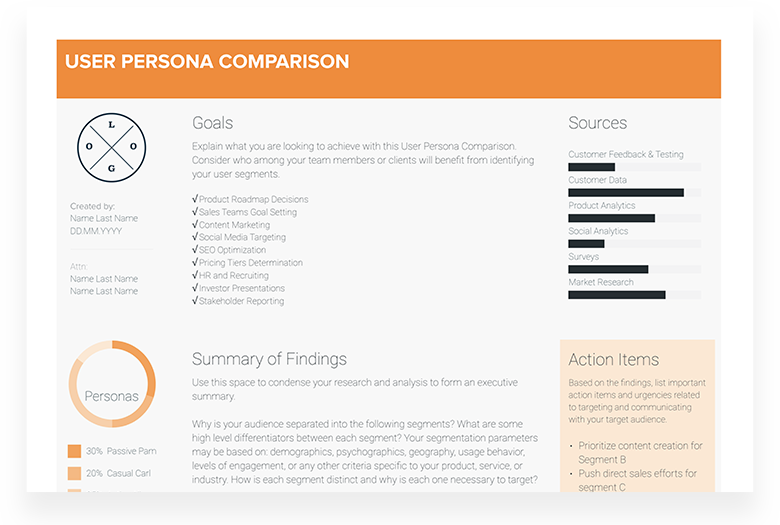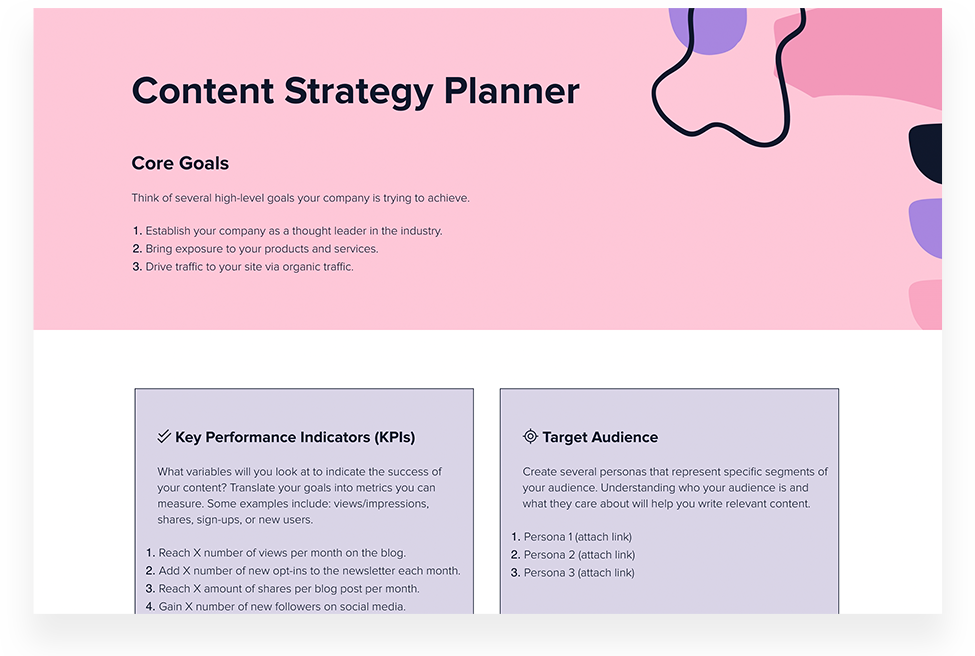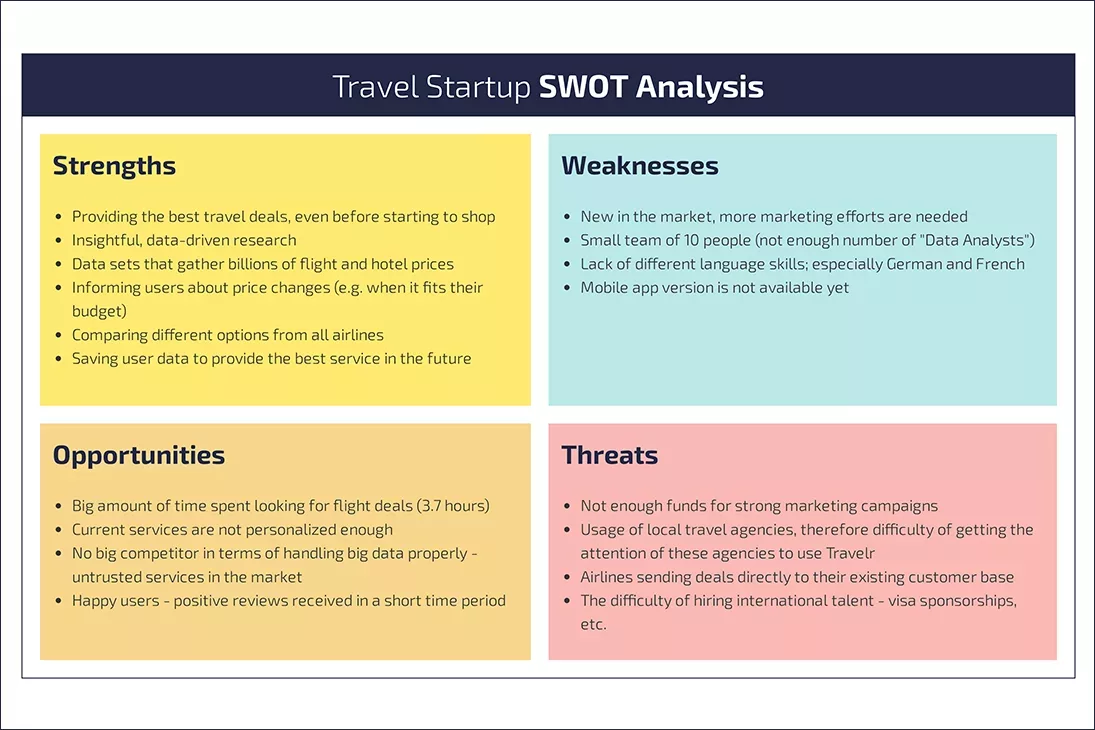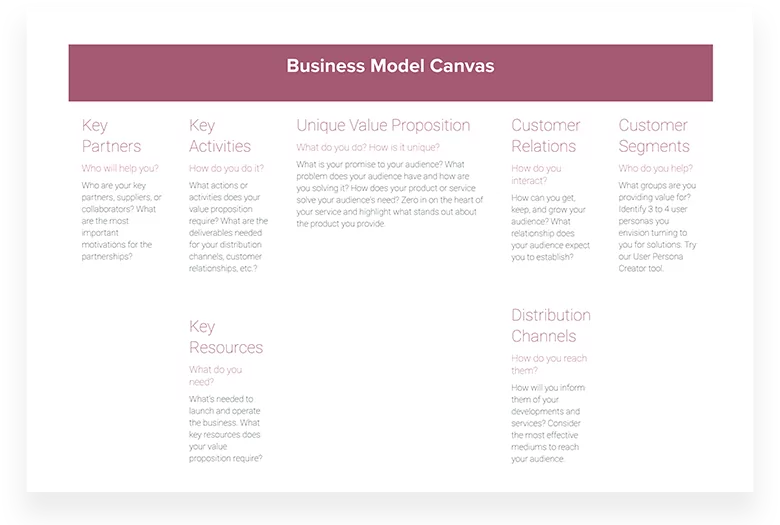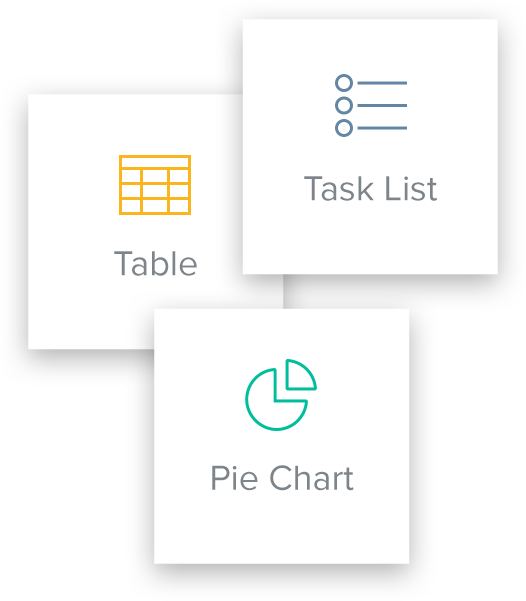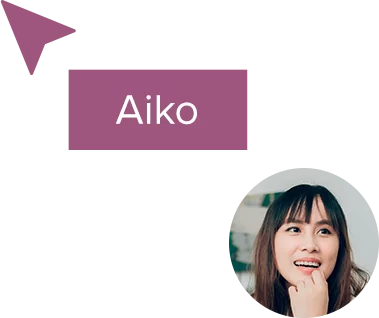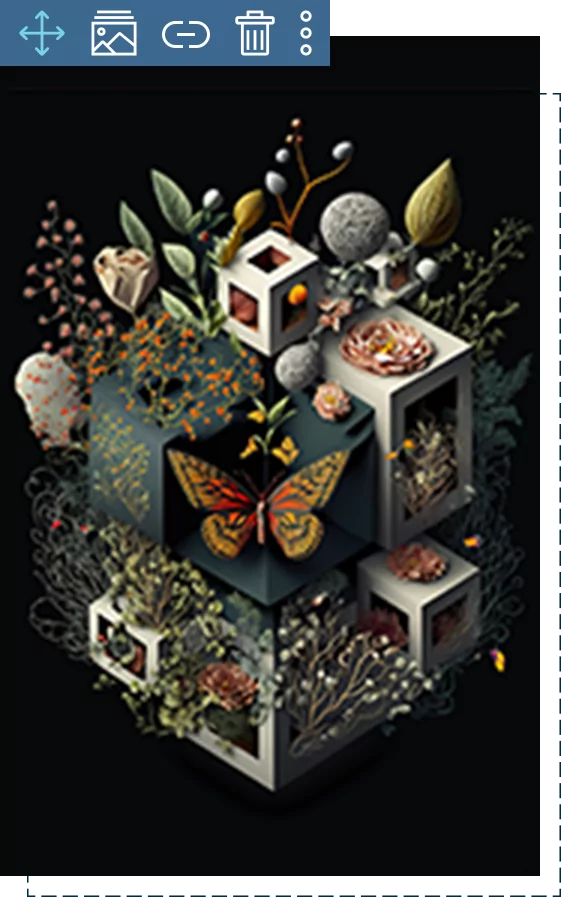User Interview Template
User interviews are used by UX designers, marketers and strategists to learn more about their target audience’s perceptions, preferences and user experience. The user interview template will help you:
- Identify ethnographic information that is key in creating user personas, roadmaps, outlining feature ideas and user journeys.
- Get feedback on the usability of your products and services to steer product development more towards your target audience’s needs and/or preferences.
- Gain a deeper understanding of customer’s user experience and their reason why they do what they do.
Xtensio is your team space for beautiful living documents.
Create, manage and share business collateral, easily.
Join the 240,886 changemakers.
Xtensio is your team space for beautiful living documents.
Create, manage and share business collateral, easily.
Join the 240,886 changemakers.
User interviews are used by UX designers, marketers and strategists to learn more about their target audience’s perceptions, preferences and user experience. The user interview template will help you:
- Identify ethnographic information that is key in creating user personas, roadmaps, outlining feature ideas and user journeys.
- Get feedback on the usability of your products and services to steer product development more towards your target audience’s needs and/or preferences.
- Gain a deeper understanding of customer’s user experience and their reason why they do what they do.
How to create an effective user interview with Xtensio
- Click and start editing, no account or credit card required.
Follow along with the instructional copy. Add charts, graphs, images, and videos to customize your user interview. Drag & drop. Resize. It’s the easiest editor ever.
- Customize the user interview template to match your brand.
Define your style guide. Add your (or your client’s) brand fonts and colors. You can even pull colors directly from a website to easily brand your user interviews.
- Work on the key details of your User Interview together on the cloud.
Add colleagues (or clients) to collaborate on your user interviews. Changes automatically save and sync across all devices, in real-time.
- Share a link. Present a slideshow. Embed. Download a PDF/PNG.
Your user interviews seamlessly adapts to your workflow. No more jumping from tool-to-tool to create different types of deliverables.
- Reuse and repurpose.
Save your own custom user interview template. Or copy and merge into other documents.
What is a user interview?
UX interviews are the quickest and most convenient way to collect user experience data, making them ideal for lean and agile environments. Most market research firms have adopted this technique in order to better understand their target audience and acquire a competitive advantage in the market.
Similar to journalistic principles, these interviews should be formal and straightforward. Basically, you can structure UX interviews into three main parts:
- An introduction that provides a quick overview of what the interview is all about.
- A series of warm-up user interview questions to make your users feel more comfortable.
- The main body where you can gather all the information you need to know about your users.
It’s also a good idea to leave some room for the interviewee to give their feedback. After you conduct a few interviews, your team can review this feedback and adjust your interview questions to optimize the feedback you’re getting.
What topics should be covered in the user interview?
User interviews can cover almost all user-related topics. Gather information on your users’ feelings, motivations, and daily routines, or how they use your product, what products they use in conjunction with yours and even what competitors they use now or before. Some topics to think about:
- Background information (demographic or ethnographic data)
- User’s goals and motivations
- User’s pain points or hurdles
- General use of tools or software
- Internal operations or workflows
Don’t limit yourself to just these few topics. User interviews are quite adaptable and should be tailored to what you want to learn about your users and your product. The user interview template from Xtensio lists all of the important subjects you’ll need to cover, and it’s very simple to take notes in the editor while performing the interview!
How do you conduct an effective user interview?
One of the most common reasons some interviews fail is because they become sales pitches — but the goal of the user interview is to understand how your audience uses your product, their main business needs and the user experience. Think of your interviews as a user research study rather than a demo or sales pitch of your product.
Here are three key points to keep in mind when conducting user interviews. Use this guide when working with the user interview template:
- Set easy to follow goals for the interview
When you first start building your user interview template, decide what you want to learn from your user interviews. Be specific when you ask questions and make sure your goals are measurable.
Here are some good examples:
- Understand how employees feel about using the current project management software and what features they use on a regular basis.
- Learn how designers share mockups with developers and what common pain points they encounter during their user research.
- Find out how consumers respond to your new transaction process, where they think there are issues, and what they’d like to see improved.
- As much as possible avoid leading questions
Limit the number of leading questions you ask. These are specific questions where you’re looking for a precise answer. For example, if you ask, “Why do you use Instagram so frequently?” you’re insinuating that this individual not only uses Instagram, but also frequently. “What social media sites do you use?” is a better question. The first question enables you to investigate what the user performs. The first question assumes something, whereas the second allows you to investigate a number of platforms they might utilize and leaves the door open to learning more about how they use those goods.
During your user research, you should also op for open-ended questions over yes/no questions as they will allow you to dig more into the user’s experience, goals, need and preferences.
- Prepare follow-up questions & anticipate silences
If you follow step two, you’re likely to get a variety of responses. This is a good thing! Some participants will take time to really explain how and why they use different products or features, while others may provide vague answers. Anticipate different responses and behavior to your specific questions and prepare a few follow-up questions to address both scenarios.
Similarly, be ready for the awkward pauses. Take your time, take notes and thinking about the next question you’d like to ask. While it may be tempting to fill these silences with small-talk, you’ll be surprised how often the user will fill the silences with more info about the previous question you asked.
What’s next after conducting user interviews?
The next natural step after conducting user interviews is to synthesize all findings, neatly document them, and circulate this resource effectively with team members that can utilize them in their process.
UX designers can jump right into working on Empathy Maps, and Affinity Diagrams. Then, develop User Personas, and Customer Journey Maps, based on the observations obtained during these interviews.
For Product Managers it’s always good to have a quick Kanban Board handy to jot down immediate to-do’s like product bug fixes, or new feature ideas.
Strategist, Branding, and Marketing Teams can also tap into these insights to develop their versions of User Personas, and revisit the Brand Positioning Canvas.
Try first! Create an account if you like it.
Related to the User Interview Template
Fully customizable templates that you can make your own.
See how Xtensio can help your business
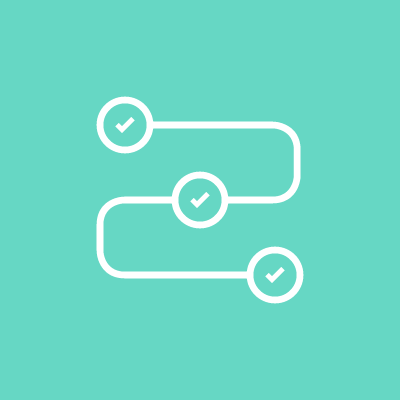
Build and launch products and services successfully.

Engage buyers more and close sales faster.
Teams use Xtensio to craft and share beautiful living documents.
240,886 users and counting.



Jerome Katz
Professor of Entrepreneurship @

Jake Peters
CEO @

Robin Bramman
Founder and Chief Brand Mixologist @

Olakunle Oladehin
Executive Director @

Aaron Friedland
Executive Director @

Robin Eyre
Owner @

Adam Sher
CEO @

Stephen Paterson
Chief Product Officer @
Frequently asked questions
What is Xtensio?
Xtensio is the quickest and easiest way for teams to create, share and manage all of their business documents together. Create pitches, sales sheets, reports, case studies, agendas and more. Add images, videos, tables, buttons and other interactive modules. Drag and drop, resize, change backgrounds, colors. Share a link. Present a digital slideshow. Export a PDF/PNG.
Do I need to download software?
Nope. Xtensio is a web browser-based platform.
How is Xtensio different from PPT, Illustrator or Word?
Unlike other presentation or document creators, Xtensio works like a web builder so you can easily drag and drop interactive content, customize the layout, and change colors, fonts, backgrounds to get professional-looking business content out the door quickly, without needing a designer.
You can collaborate with team members and guests to work together in real-time on the cloud. And the flexibility to share folios as live web links, digital slideshow presentations or exportable PDF/PNGs means you don’t have to jump between tools when creating different deliverables. Check out this page to see how Xtensio outpaces the competition.
What is a folio?
An Xtensio folio is a unique online page editor. A living document. It’s a live webpage, a full-screen digital slideshow presentation, and an exportable PDF/PNG document all in one. Folios are responsive, collaborative, and completely customizable. Start with an instructional template or a blank folio to build all your business documents and presentations with the ease of a web builder. Add team members and guests to work together in real time on the cloud. Changes instantly sync to the live version of the folio so both internal and external stakeholders are always up-to-date. Xtensio folios are the next generation of flexible documents and presentations.
Is my data private and secure?
Yes. All Xtensio plans include 128 bit SSL encryption and backups to ensure your data is secure. Here’s more on the range of sharing options on Xtensio, from completely private to public.
Can I try Xtensio out for free?
Yes. Any Xtensio template is FREE TO TRY. No need to add your credit card information to start editing. Create an account if you would like to save and share your work.
What would I get by upgrading to a premium plan?
By upgrading to our premium plans, you’ll have a private, branded workspace with your own URL where you, your team members and guests can create and collaborate on multiple presentations and documents.
You’ll be able to lock branding across your deliverables with the team style guide, streamline the creation process with custom templates, unlock exports, add password protection and customize individual shared links, and view project stats to stay updated on all of your projects. Here’s more about our premium plans.
What would I use the User Interview for?
The goal of this exercise is to uncover in-depth knowledge about your users—their goals, perceptions, and experiences. UX designers, marketers, and strategists conduct User Interviews to examine the user experience, the usability of products and services, and to identify ethnographic information important in creating user personas.
What info should I include in the interview?
You should include any and all ethnographic data (location, job role, company size, etc) and ask questions to help uncover their goals, perceptions, and experiences about your product.
What is a living document?
The living user interview template allows you to instantly sync your entire team. The document can easily be updated as your interview questions come together, and even as your team is conducting the interview. Add collaborators to work, share the customizable link to keep internal and everyone up-to-date as the interview progresses.
Can I add colleagues to edit my user interview?
Yes! You can invite as many people as you’d like to collaborate on your user interview, ensuring your whole team is aligned. Here’s more on real-time collaboration.
How do I share my interview?
When you’re ready to share your user interview with the management and marketing teams, choose between presenting it as a full-screen digital slideshow, sending it as a responsive web link, or exporting it as a PDF or PNG. All of your share options are located at the top right of your edit screen. Learn more about the different ways to share your folios in this tutorial video.
Do you have other tools for UX Design?
We do! There are a number of different templates, examples, and resources to guide you through defining and implementing your business. Check out our UX Design toolbox and our Strategy toolbox to find more tools and resources.
